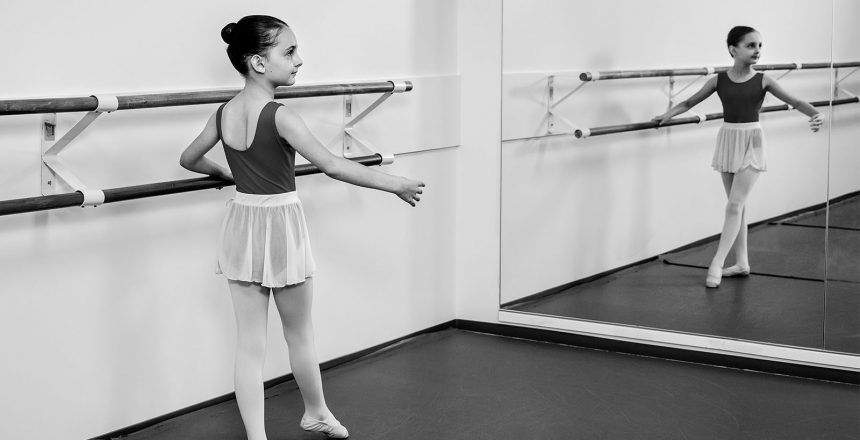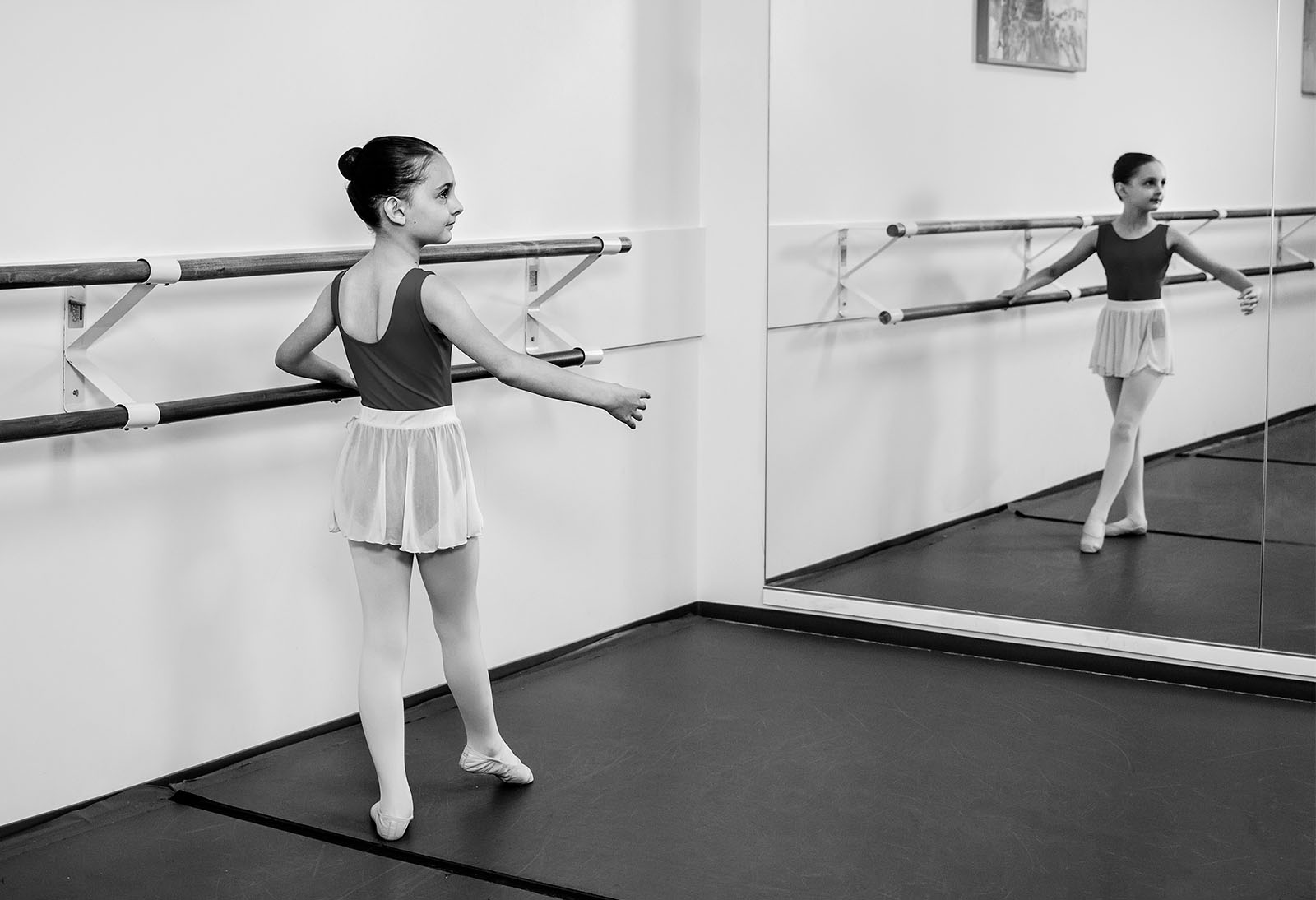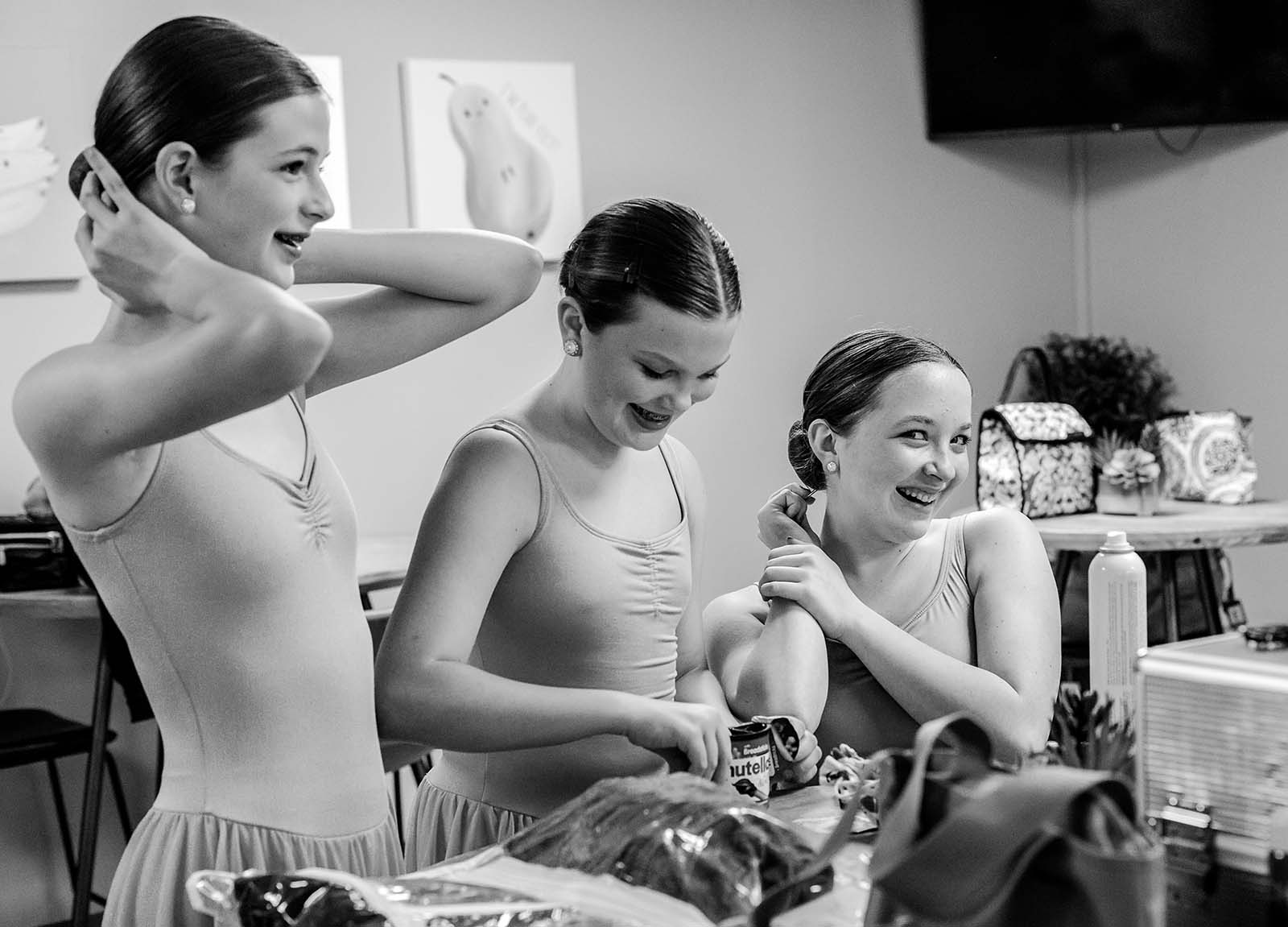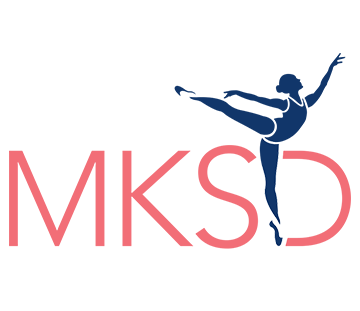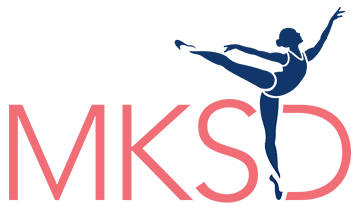Imagine going to see a professional performance such as Swan Lake, and seeing a ballerina on stage adjusting her costume straps, whispering with the dancer next to her, yawning, rolling her eyes if she messed up, waiting for her part with her arms crossed, or even displaying a messy, untamed hairstyle… you may ask for a refund of your ticket purchase!
When a dancer takes the stage, their movements are magnified, much like the distractions around them. For the performers, it will take practice to learn how to tune out all distractions, and focus on their task of executing choreographed dance movements.
That practice begins as a young dancer steps into a class, and is taught valuable lessons in dance etiquette. Not only do these traditional rules allow for a structured, productive environment in the studio, they also prepare students for the stage, where they will have refined the tools to overcome challenges that a live performance may present. These tried and true rules allow for growth in the students, and may fill them with an overall sense of pride in what they are achieving at the studio level.
Expectations during dance class include punctuality, adherence to the dress code, proper posture when waiting turns, no social chatting, and perhaps the most difficult one to master – never “give in” to an imperfect movement. The best example of this is the pirouette, when a dancer may be unstable at the completion of this turn. It is imperative that despite any shakiness, or imbalance, that the dancer finds the finishing form, regardless of how “bad” they feel they did. It is very tempting for a student to drop the form if they do not land the turn “perfectly”. Proper etiquette dictates that they must finish, with dignity and respect for themselves in their efforts. No dropping out of it, stomping away, or sighing; simply carry on and keep your chin up. What if it happened onstage?
Many times parents may come into dance class for parent observation days/weeks. I strongly encourage you to take advantage of this opportunity to learn more about your child’s class. After observing your child, you may be able to reinforce the expectations your teacher has presented.
Here are a few tips to help your child get off to a good start…
- Be sure your child’s dance attire is aligned with the dress code and fits properly, so that they are not tugging and adjusting throughout the class.
- Learn how to do a classical ballet bun, and teach your child at the appropriate age/maturity level. (typically middle school) Loose hair is not acceptable in this environment, and certainly not onstage. Use hairspray, bobby pins, hair nets and maybe even a decorative flower or bow to prepare for the use of headpieces.
- Know your child’s schedule, and be sure they arrive a little early for class so that they are prepared at the start time with their shoes on.
- Ask your child about class. Do they have a clear understanding of the expected etiquette? Would you like to ask the teacher for more information?
Dance Class Etiquette may take time and practice for students to fully understand and embrace these skills. Over time, the development of these skills may not only enhance their dance training and performance, but will be useful in other areas of their lives.
